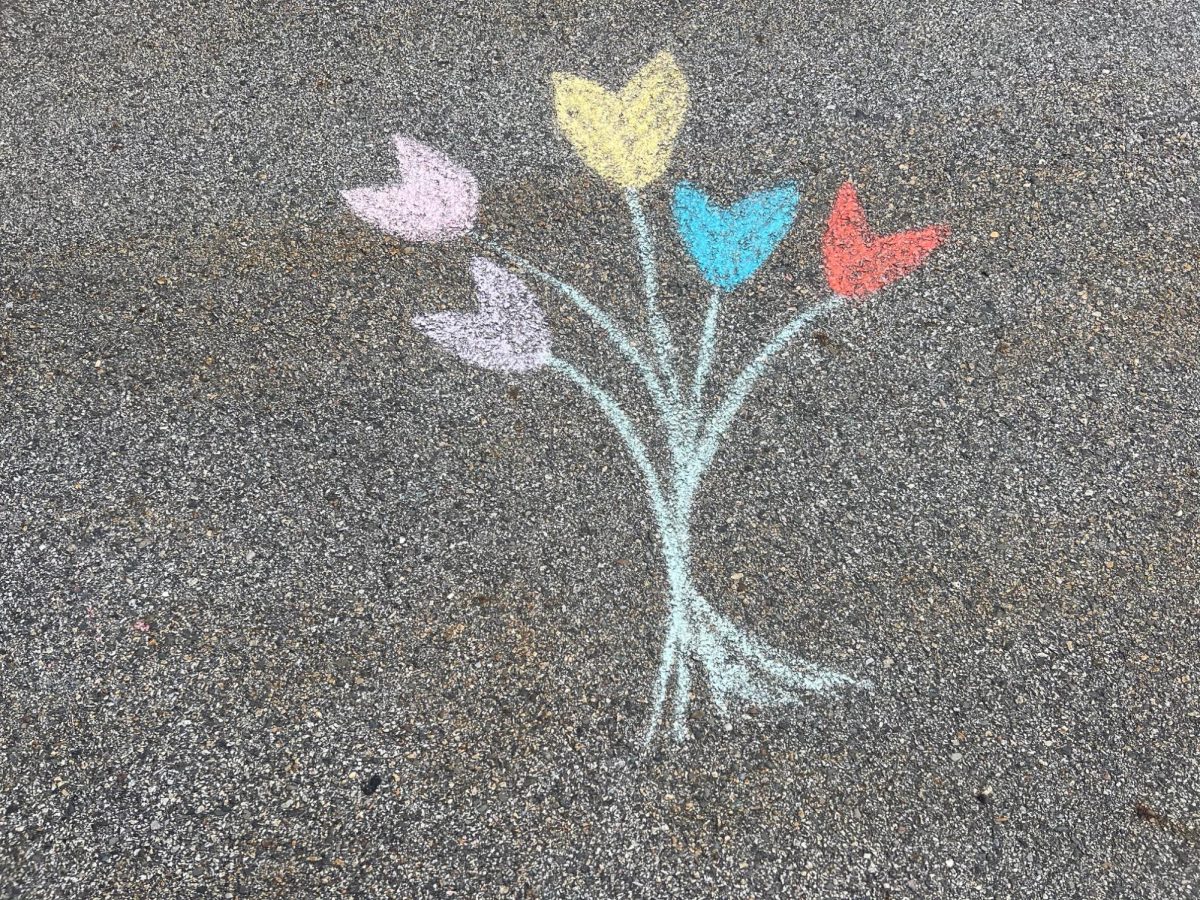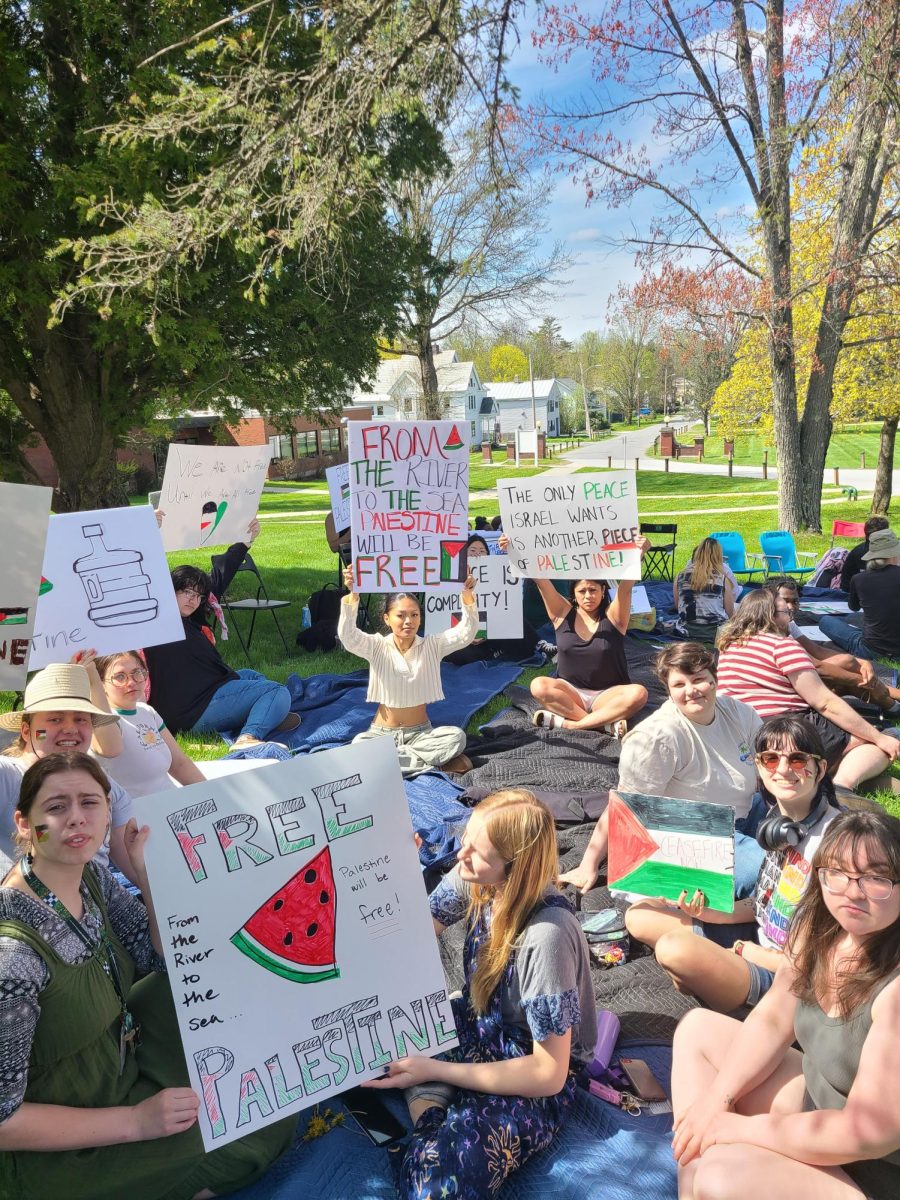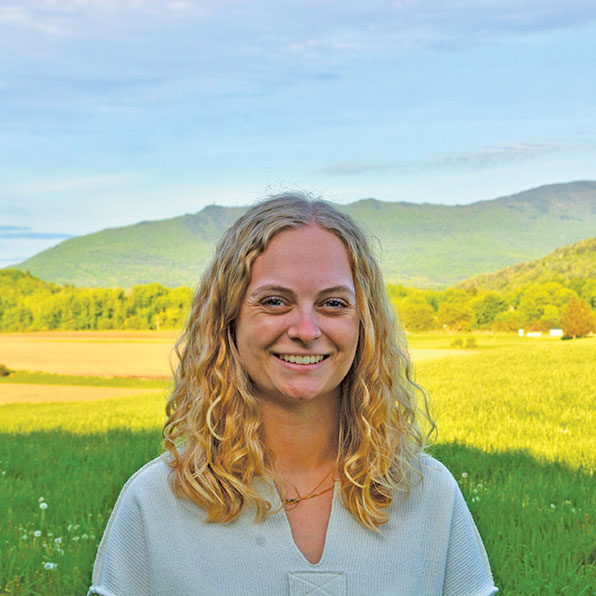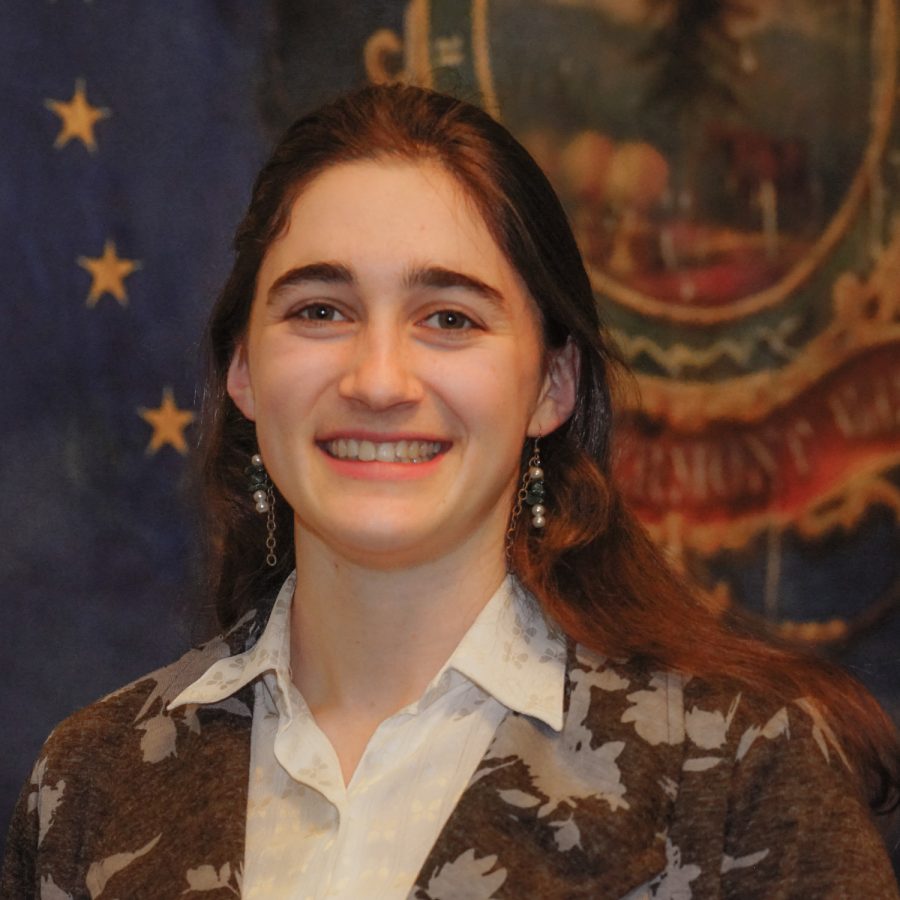As the snow starts to fall and the days begin to get cloudy and short, you may start to feel down or moody. For some of you it may just be the initial adjustment to colder temperatures and shorter daylight hours, but for others it may be due to Seasonal Affective Disorder (SAD). For a majority of people, SAD begins in the fall and goes through the winter as a recurrent pattern of depression that remits in the spring. You may consider these feelings as the “winter blues,” but there are various treatments that may help you feel better this winter.
A specific cause for SAD is unknown; however, there are some ideas as to what influences this experience. One idea is that due to the reduced sunlight, your circadian rhythm (your body’s internal clock) is disrupted. Your body may become confused and your sleep/wake cycle gets out of sync, which can lead to feelings of depression. A second cause may be attributed to a drop in serotonin, since there is less sunlight. Serotonin is a neurotransmitter that makes us feel good, and without enough of it we can feel down. Lastly, the third idea is that your melatonin levels, a natural hormone, become out of balance and impact your sleep and mood states. Basically it all boils down to your brain reacting to the reduced amount of sunlight per day.
Symptoms of SAD are very much like depression: hopelessness, anxiety, oversleeping, withdrawing from friends, feeling lethargic, difficulty concentrating, appetite changes, and more. It’s when these symptoms get in the way of your daily functioning and motivation that you may consider trying treatment.
Since SAD is thought to involve brain chemistry, the first treatment suggested is usually light therapy. Sitting in front of a full-spectrum light box for 30 minutes to two hours mimics outdoor light and tricks your brain into thinking it’s receiving sunlight. Within as little as three to five days you may begin to notice an improvement in your mood. However, you don’t want to do this at night because this treatment wakes up your brain, since it thinks it’s daylight, making it hard to fall asleep. You want to make sure you’re using a high-quality light box, not just a full spectrum light bulb you buy at the drug store, because it won’t have the same effect. But have no fear! If you would like to try out using a light box to see if your mood improves, the JSC Counseling Center has one that you can come in and sit in front of and just hang out.
Another treatment is to take vitamin D. Low levels of vitamin D in the blood can lead to a higher likelihood of experiencing SAD. In one study comparing vitamin D to light therapy, after one week of 1,000mg of vitamin D, 100 percent of the participants improved. Vitamin D comes to us by Ultraviolet-B light through our skin, and since the sun isn’t out very often, this vitamin is another option in treating SAD.
If neither of these two options appeals to you, then another option is exercise. This is the most recommended treatment for feelings of depression and anxiety. Burning stress with exercise can lift your mood and help you feel good about yourself.
Eating habits can help improve symptoms of SAD as well. Your brain craves carbohydrates to increase energy levels, so you want to stay away from the unhealthy (yet at times satisfying) snacks, and stick to a healthier diet. Not all carbohydrates are bad. The complex carbohydrates provide energy, and help you avoid the crash later. For example, pasta, rice, fruits, and fruit juices are healthy options for boosting your energy level and therefore your mood.
Being that SAD tends to first impact individuals between 18 and 24 years of age, now is when you may begin to experience symptoms. It’s important to pay attention to as you get older to see if it develops into a pattern. If you already notice a pattern, there are options to help ease these symptoms. The JSC Counseling Center is open Monday through Friday and you can come in and chat with someone, just use the light box, or choose an alternative coping strategy. So even though the sun has disappeared, and cloudy, dark days are here again, there are things you can do to help yourself get through these “winter time blues.”
Sarah Palmer is doing her Clinical Mental Health Counseling Internship at the JSC Counseling Center and comes to us from the UVM Graduate Counseling Program.








